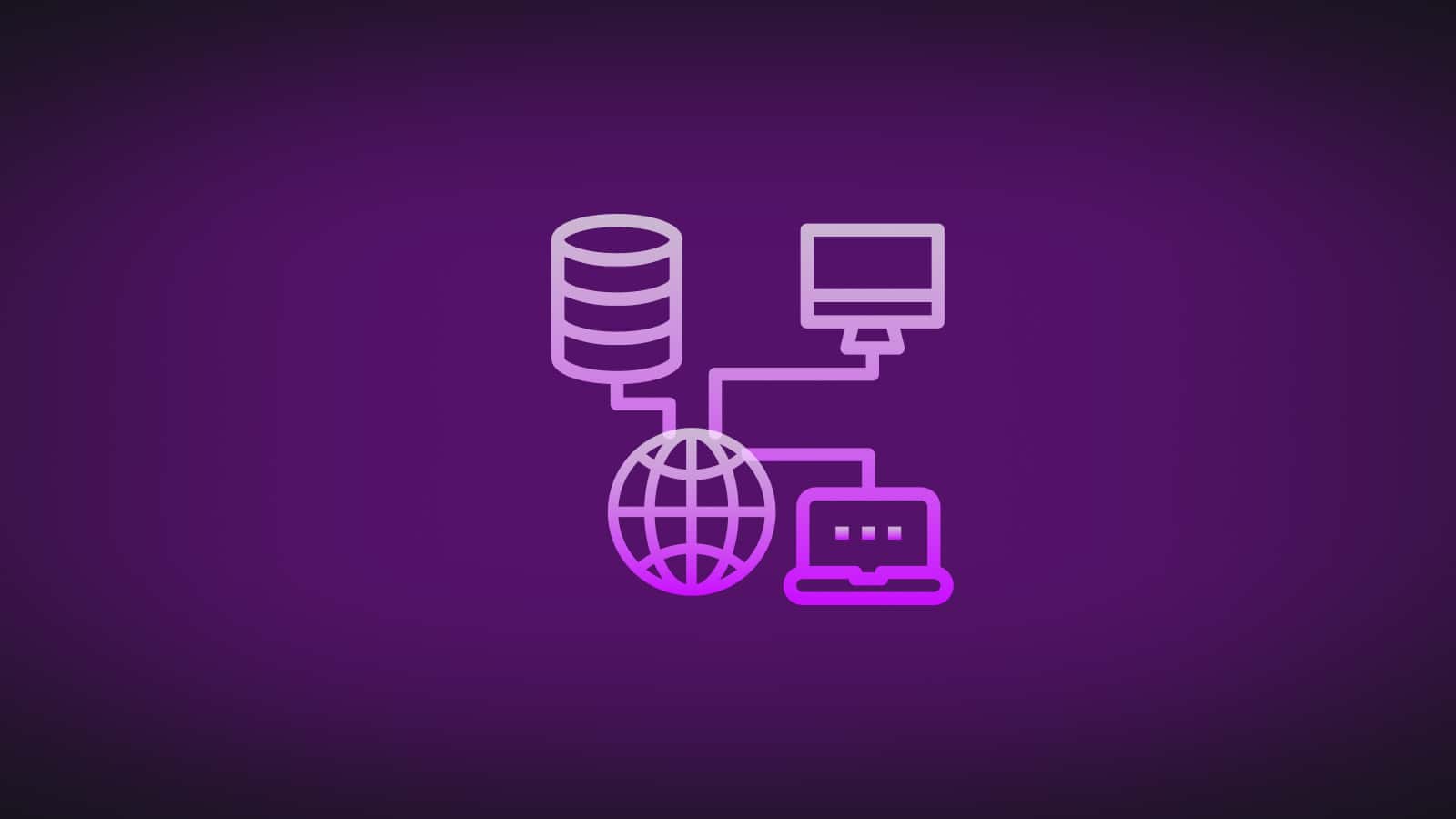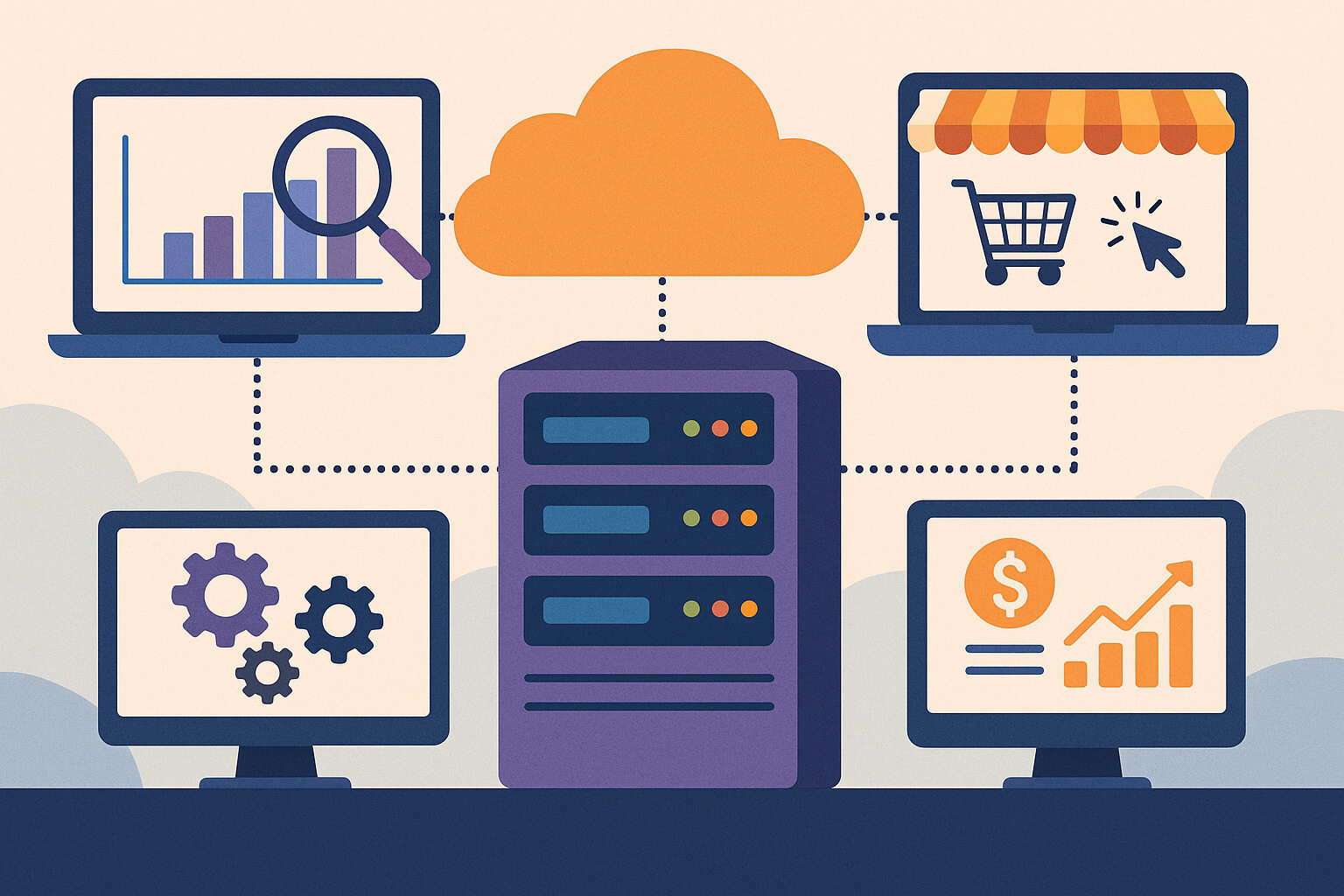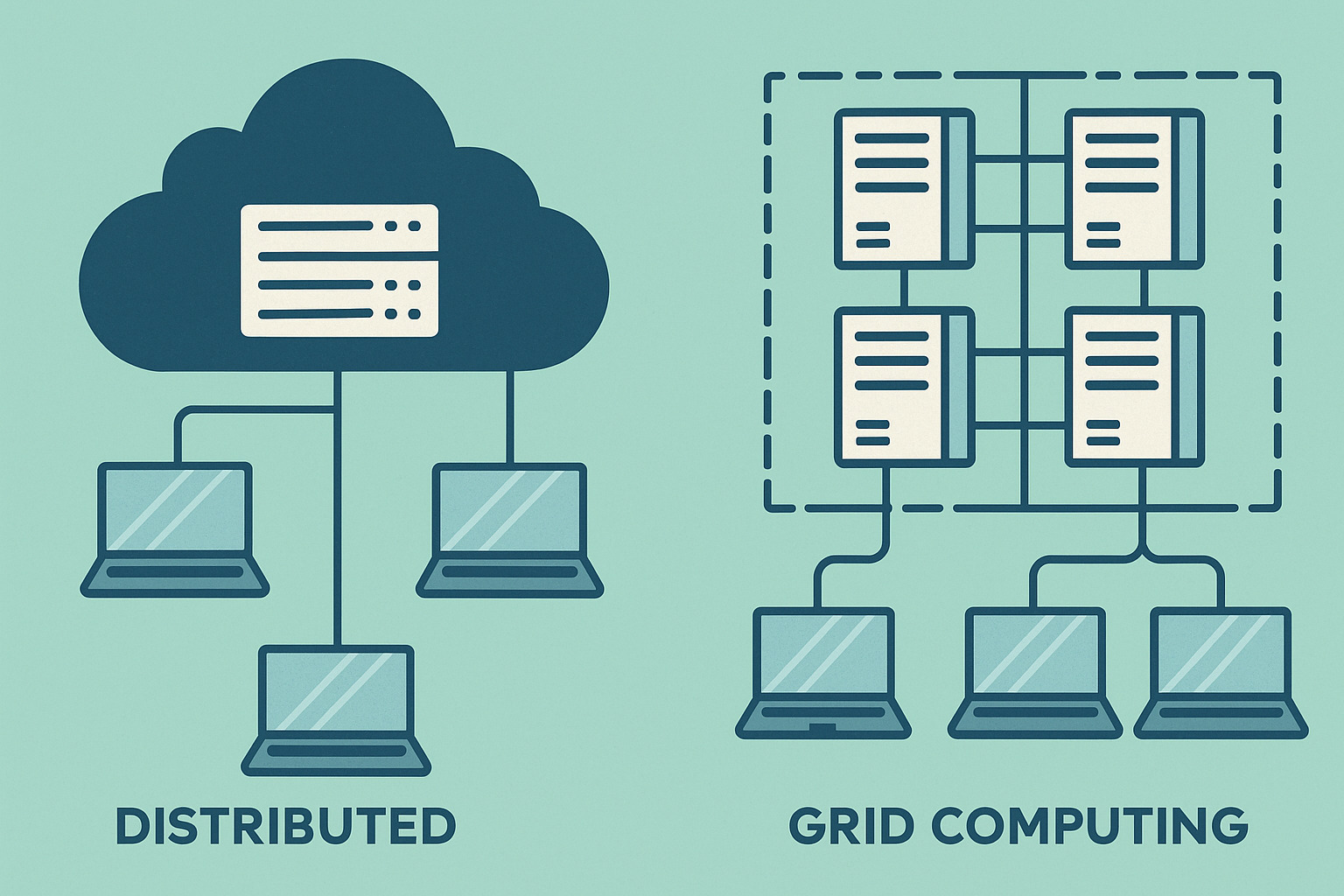Bridging the Gap in Distributed Computing
Grid computing has revolutionized the way organizations process large-scale data by connecting multiple computing resources across different locations. However, managing these distributed systems requires a layer of software that facilitates seamless communication and coordination between nodes. This is where middleware plays a critical role. Acting as a bridge between applications and hardware, middleware ensures that computational tasks are distributed efficiently while maintaining security, scalability, and reliability.
Middleware simplifies resource management by handling authentication, scheduling, data movement, and communication protocols. Without it, grid computing environments would struggle with inconsistencies, inefficient resource allocation, and security vulnerabilities. As grid computing continues to expand into fields like scientific research, financial modeling, and AI-driven analytics, middleware remains a fundamental component in optimizing system performance and usability.
This article explores the core functions of middleware in grid computing, its benefits, and its impact on real-world applications. Whether you’re a researcher, an IT professional, or an enterprise looking to adopt grid computing, understanding middleware’s role will help you navigate the complexities of distributed computing environments effectively.
Understanding Middleware in Grid Computing
Middleware is the software layer that connects distributed resources in a grid computing environment. It ensures that different systems can communicate, share workloads, and function as a unified network. Unlike traditional computing models, where software interacts directly with hardware, grid middleware abstracts this process, allowing multiple computing resources to function as a cohesive unit.
One of its key responsibilities is managing resource allocation. Middleware determines how tasks are assigned to available computing nodes, balancing workloads to maximize efficiency. This prevents some nodes from being overloaded while others remain underutilized, ensuring that computational power is distributed optimally.
Additionally, middleware handles security protocols by verifying user credentials, encrypting data transfers, and enforcing access controls. Since grid computing often involves sharing resources across different organizations and locations, robust security mechanisms are necessary to prevent unauthorized access or data breaches.
Key Functions of Middleware in Grid Computing
Middleware serves as the backbone of grid computing by performing several critical functions that facilitate seamless operation. One of its primary roles is resource scheduling, where it assigns computational tasks based on availability, priority, and efficiency. This ensures that large-scale workloads are processed in a timely and organized manner.
Another crucial function is interoperability. Grid computing environments often consist of heterogeneous systems running different operating systems and software configurations. Middleware acts as a translator, enabling these diverse systems to communicate effectively. By standardizing protocols and APIs, it allows applications to run on different hardware without compatibility issues.
Data management is another significant aspect of middleware. In grid computing, datasets can be stored in multiple locations, requiring intelligent data retrieval and movement mechanisms. Middleware ensures that data is transferred efficiently while maintaining integrity, minimizing delays, and reducing redundancy.
Types of Middleware in Grid Computing
Different types of middleware exist to cater to various grid computing needs. One common category is service-oriented middleware, which follows a modular approach where computational tasks are provided as services. This enables applications to request specific services dynamically, improving flexibility and scalability.
Another type is message-oriented middleware, which focuses on communication between distributed components. It ensures that messages are transmitted securely and in the correct sequence, preventing data loss or miscommunication between nodes. This type of middleware is widely used in real-time applications that require consistent data flow.
Workflow-oriented middleware is designed to manage complex computational workflows. It automates task execution by defining dependencies, scheduling processes, and handling failures. This is particularly useful in research and scientific computing, where multi-step simulations and large datasets are involved.
Challenges in Middleware Implementation
Despite its advantages, implementing middleware in grid computing comes with challenges. One common issue is scalability. As grid systems grow, middleware must handle an increasing number of nodes, requests, and data transfers. Poorly designed middleware can become a bottleneck, limiting the system’s ability to scale efficiently.
Another challenge is fault tolerance. Since grid computing relies on multiple distributed resources, failures are inevitable. Middleware must include mechanisms for detecting failures, reassigning tasks, and ensuring that computations are not disrupted. Building a robust fault-tolerant system requires careful planning and continuous monitoring.
Security is also a major concern. With resources being shared across multiple organizations and networks, middleware must provide strong authentication, encryption, and access control mechanisms. Any vulnerabilities in middleware can expose sensitive data or allow unauthorized access to computing resources.
Middleware and Cloud Integration in Grid Computing
As grid computing evolves, its integration with cloud computing has become more prevalent. Middleware now plays a role in bridging the gap between traditional grid infrastructures and cloud environments, enabling hybrid computing solutions.
One way this is achieved is through cloud-based middleware, which allows grid applications to scale dynamically by leveraging cloud resources when local computing power is insufficient. This is particularly useful in research and enterprise settings where computational demand fluctuates.
Additionally, middleware facilitates workload distribution between on-premise grid clusters and cloud data centers. By dynamically shifting tasks based on availability and cost-efficiency, organizations can optimize performance while minimizing expenses.
Real-World Applications of Middleware in Grid Computing
Middleware has enabled numerous real-world applications across various industries. In healthcare, for instance, grid computing with middleware supports large-scale medical research by processing massive datasets, such as genomic sequencing and disease modeling. Middleware ensures that resources are efficiently allocated to handle complex computations.
In the financial sector, grid computing is used for risk analysis, fraud detection, and high-frequency trading. Middleware helps coordinate the processing of large volumes of financial data, ensuring fast and secure transactions across distributed systems.
Scientific research also benefits from middleware-driven grid computing, particularly in climate modeling, physics simulations, and space exploration. These projects require immense computational power, and middleware enables collaboration across global research institutions by managing data sharing and task execution efficiently.
Future Trends in Middleware for Grid Computing
The future of middleware in grid computing is being shaped by emerging technologies such as artificial intelligence (AI) and blockchain. AI-powered middleware is enhancing resource management by predicting workloads and optimizing scheduling in real-time. This reduces processing delays and improves overall efficiency.
Blockchain technology is also influencing middleware by providing secure, decentralized authentication and transaction logging. This ensures data integrity and prevents tampering, particularly in environments where multiple organizations share computing resources.
Another trend is the growing emphasis on energy-efficient middleware solutions. With sustainability becoming a priority, middleware is being designed to optimize energy consumption by dynamically adjusting computing loads and minimizing redundant processes.
Maximizing the Potential of Middleware in Grid Computing
Middleware is the backbone of efficient grid computing, enabling distributed systems to function seamlessly. By handling resource allocation, security, and communication, it ensures that organizations can leverage grid computing to process large-scale data and execute complex computations efficiently.
As technology continues to evolve, middleware solutions will become more advanced, integrating AI, blockchain, and cloud-based automation. Organizations that invest in robust middleware solutions will be better positioned to harness the full power of grid computing, driving innovation and efficiency in their respective industries.



